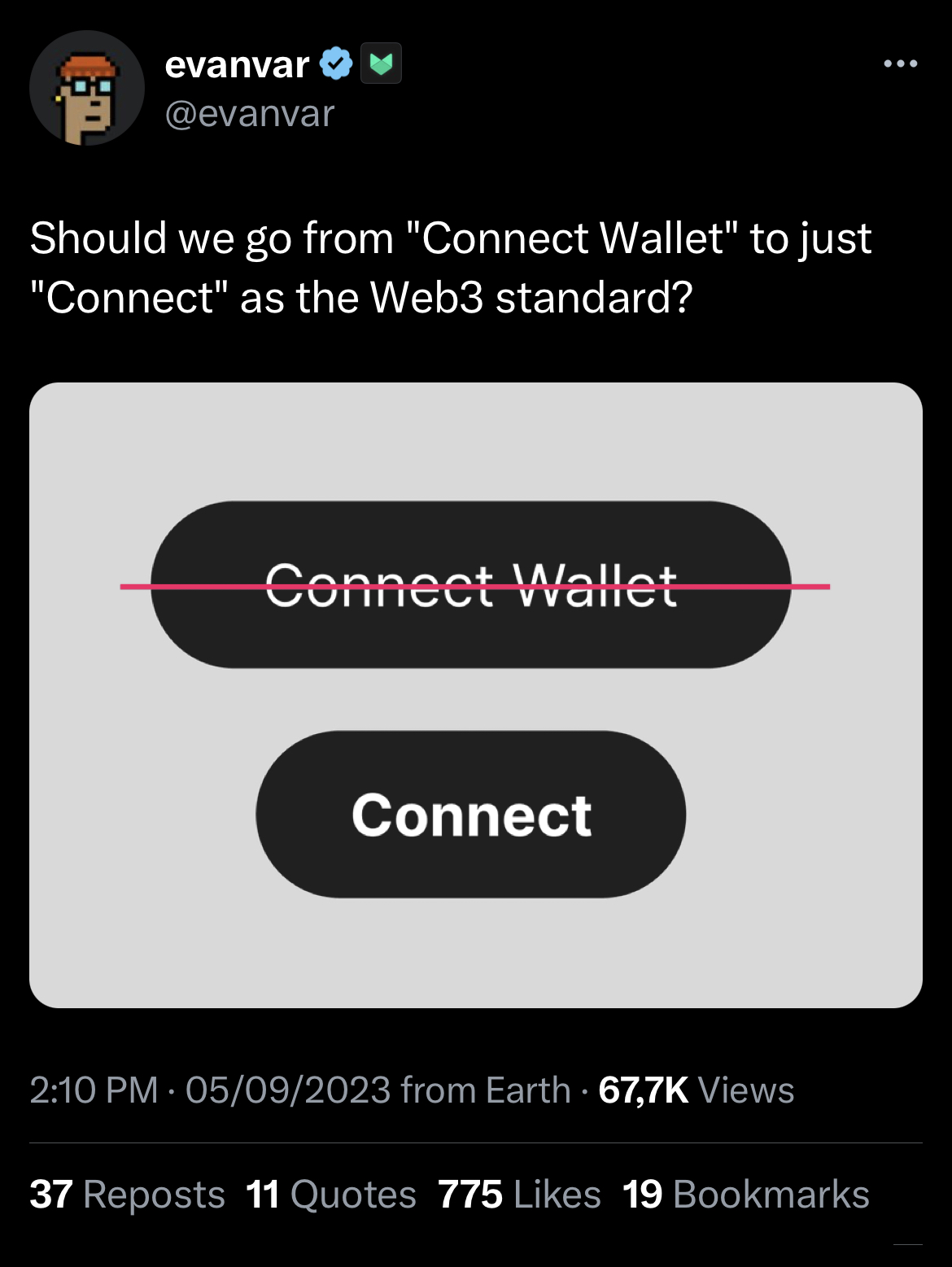I didn't think this is techtakesworthy, nor is it a sneer, more a airing of perspective, as wanky as that sounds
The gist: Software, or generally computation, can be categorised as a type of building material rather than a type of product in itself.
This framing opens up the view that design within the software industry begins with an assumption that software was the best means for the supposed purpose.
Foundationally, design is the deliberation over the best means to satisfy a given purpose. In reality most design projects begin with limitations to the means available.
Regardless, the knowledge that software is one of many possible means should not be ignored.
To accept "software is eating the world" as a positive movement is to skip the most important choice of any design process. The means that best satisfies the given purpose at that point in time.
The same ignorance of that choice led to plastic eating the world as well.
The means for satisfying a purpose are not limited to building materials. It can be any effort that influences a situation rather than building a thing, physical or virtual.
The goal is to have as open a design process as possible to allow for the most appropriate means to be discovered.
Also audio available here: https://pnc.st/s/faster-and-worse/63b3904b/software-as-material


My new video about the anti-design of the tech industry where I talk about this little passage from an ACM article that set me off when I found it a few years back.
In short, before software started eating all the stuff "design" meant something. It described a process of finding the best way to satisfy a purpose. It was a response to the purpose.
The tech industry takes computation as being an immutable means and finds purposes it may satisfy. The purpose is a response to the tech.
p.s. sorry to spam. :)
vid: https://www.youtube.com/watch?v=ollyMSWSWOY pod: https://pnc.st/s/faster-and-worse/8ffce464/tech-as-anti-design
threads bsky: https://bsky.app/profile/fasterandworse.com/post/3ltwles4hkk2t masto: https://hci.social/@fasterandworse/114852024025529148